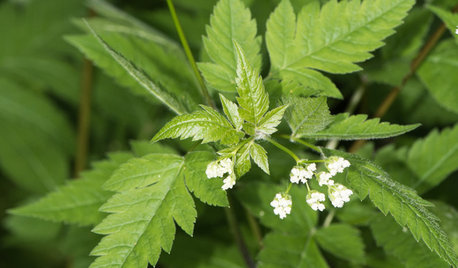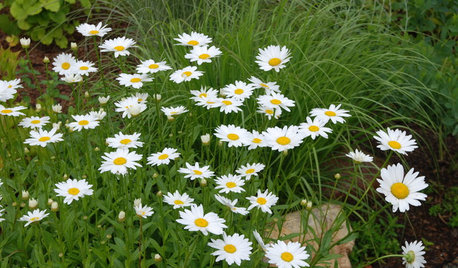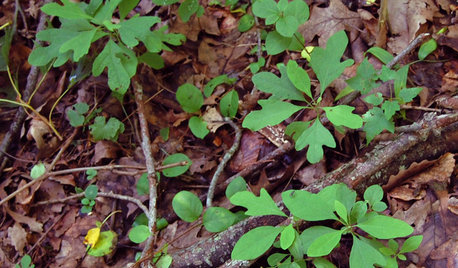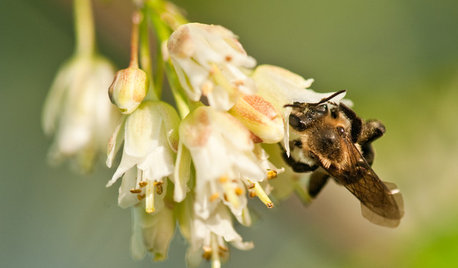Can/do plants propagated asexually by cutting form taproots ?
Zoztrog
13 years ago
Featured Answer
Sort by:Oldest
Comments (15)
yiorges-z5il
13 years agobrandon7 TN_zone7
13 years agoRelated Professionals
Forest City Landscape Architects & Landscape Designers · Berwyn Landscape Contractors · Framingham Landscape Contractors · Hayward Landscape Contractors · Lees Summit Landscape Contractors · Maywood Landscape Contractors · Middletown Landscape Contractors · Natick Landscape Contractors · New Providence Landscape Contractors · North Canton Landscape Contractors · Oxnard Landscape Contractors · Paramus Landscape Contractors · Roswell Landscape Contractors · Eastlake Landscape Contractors · Fairfax Handymanbrandon7 TN_zone7
13 years agocalistoga_al ca 15 usda 9
13 years agobrandon7 TN_zone7
13 years agocalistoga_al ca 15 usda 9
13 years agobrandon7 TN_zone7
13 years agocalistoga_al ca 15 usda 9
13 years agomadrone
13 years agocalistoga_al ca 15 usda 9
13 years agoMokinu
9 years agolast modified: 9 years agotete_a_tete
9 years agoSimon Baxter
8 years agolast modified: 8 years agobrandon7 TN_zone7
8 years agolast modified: 8 years ago
Related Stories

GARDENING GUIDESGreat Design Plant: Osmorhiza Longistylis Provides Texture and Form
Plant longstyle sweetroot in midwestern and eastern U.S. woodland gardens for its fern-like foliage and crisp white flowers
Full Story
TREES11 Japanese Maples for Breathtaking Color and Form
With such a wide range to choose from, there’s a beautiful Japanese maple to suit almost any setting
Full Story
FLOWERSBest Cutting-Garden Beauties for Late Summer
Pick blooms bursting with color or in classic white for bouquets to give away or keep all to yourself
Full Story
HOUSEPLANTS8 Essentials for Healthy Indoor Plants
Houseplants add so much to our homes — and can thrive when grown in the right conditions. Keep these tips in mind
Full Story
SPRING GARDENINGTop 10 Scented Plants for Your Garden
A palette of perfumed plants can transform even the smallest of gardens into a sensory delight
Full Story
GARDENING GUIDESGreat Design Plant: Sea Holly
Its spiky appearance can be intimidating at first, but sea holly's range of climate tolerances and vivid color make it a landscape winner
Full Story
GARDENING GUIDESGreat Design Plant: Sassafras Albidum
This eastern native tree has beautiful foliage, a spicy aroma and a rich history
Full Story
GARDENING GUIDESGreat Design Plant: Butterfly Milkweed, a Beacon in the Prairie
Vivacious orange flowers for you, nectar for the butterflies and bees. Asclepias tuberosa is worth planting for more reasons than one
Full Story
GARDENING GUIDESGreat Design Plant: Cephalanthus Occidentalis
Buttonbush is an adaptable woody shrub with delightful pincushion flowers
Full Story
GARDENING GUIDESGreat Design Plant: Staphylea Trifolia Shines in the Shade
Plant American bladdernut for 3 seasons of interest: spring flowers and striped brown branches and bladder-like seedpods in fall and winter
Full Story





ZoztrogOriginal Author